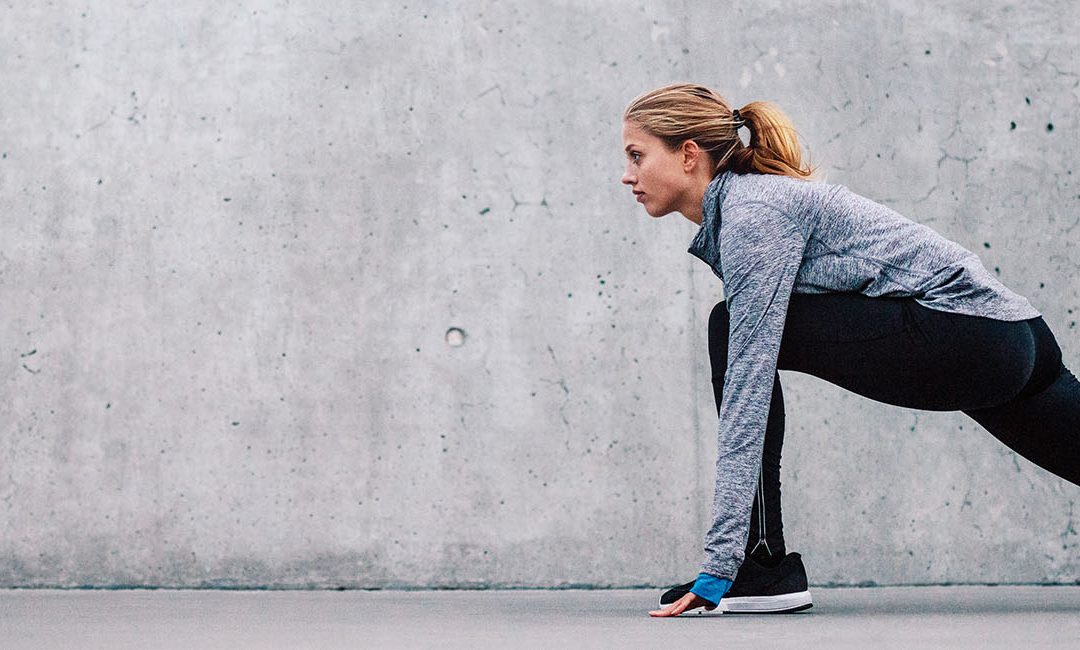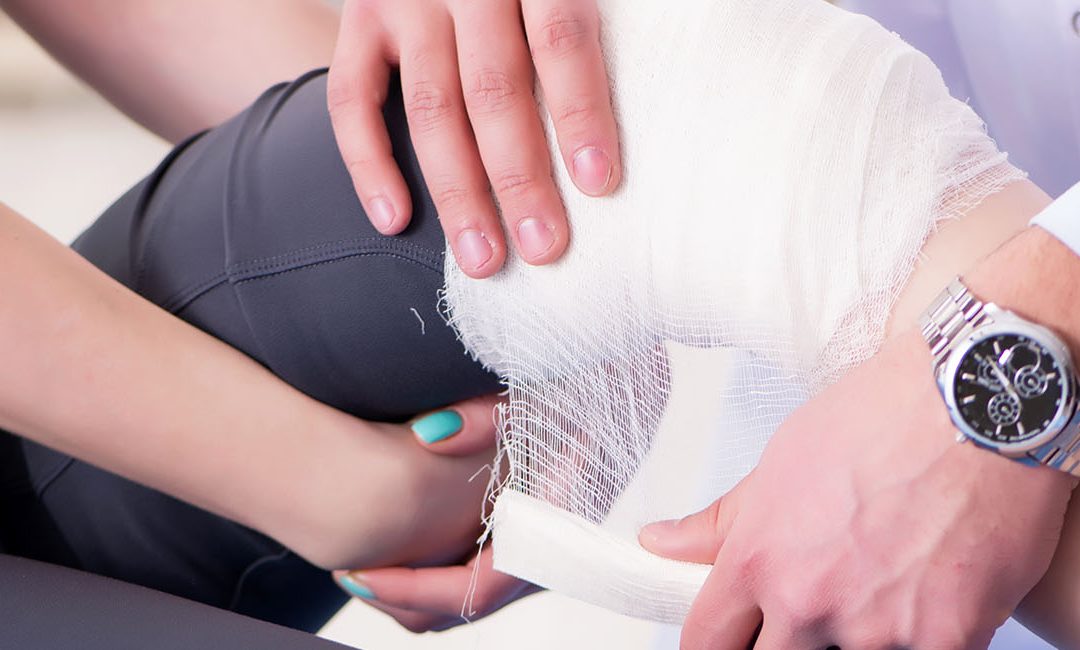Welcome To Our Blog

Orthopedic Treatment For Kyphosis
Commonly known as Hunching Back or Dowager’s Hump, Kyphosis refers to the development of an abnormal outward curvature of the spine. A normal human spine has a slightly rounded structure but in some cases, the rounding may get exaggerated causing disfigurement and other spine-related problems. Kyphosis may occur at any age irrespective of gender. However, it mostly affects women in their post-menopausal stages as they lose bone mass rapidly. Break or compression of any part of the vertebrae alters the spinal curvature. This creates a visibly exaggerated curve or a hunch back....

Osteoarthritis Of The Elbow
Osteoarthritis refers to the wear and tear of the protective cartilage layer in the elbow joint that covers the bones as well as prevents them from rubbing against each other. It is more commonly seen in men and the symptoms are mostly seen after 50 years of age. Being a degenerative disorder, Osteoarthritis progresses with time and may result in permanent disability. Causes Previous injuries such as fractures or dislocations of the joint Wear and tear of the joint parts due to aging Sports, such as baseball, which involve excessive use of the elbow may wear out the ligament...

Knee Sprain: Causes, Symptoms, Diagnosis And Treatment
Sudden stretching or tearing of the supporting ligaments within the knee joint is referred to as a Knee Sprain. It is a common type of injury that affects people irrespective of age or gender. The knee joint is supported and protected by four ligaments. The center of the joint has the two cruciate ligaments - Anterior Cruciate Ligament (ACL) and the Posterior Cruciate Ligament (PCL). The sides of the joint are bound by the collateral ligaments- Medial Collateral Ligament (MCL) and the Lateral Collateral Ligament (LCL). Any of these ligaments may get stretched beyond their...

Lisfranc Fracture
Lisfranc fracture refers to a break in the bones that connect the mid foot to the forefoot. This part comprises of a group of bones and connective tissues called ligaments that form the arch on top of the foot. Five long bones called metatarsals extend out from the mid foot to the toes. The arch not only supports the foot while walking, but also helps to transfer the pressure exerted by the leg muscles to the forefoot. The lisfranc complex is important to maintain a proper gait and ensure even distribution of body weight through the lower extremities.Lisfranc fracture may...

Distal Femur (Thighbone) Fractures Of The Knee
Distal femur is the lower end of the thigh bone which lies just above the knee joint and resembles an inverted funnel. The end of the bone is lined by a thick slippery substance called cartilage which allows it to slide across other bones that constitute the joint. It also helps in movement of the distal femur when the knee is bent. A crack or a break in this part of the bone is medically referred to as the Distal Femur Fracture of the Knee. In case the force causing the fracture is strong enough, it may also damage the kneecap. Such fractures are commonly observed in people...

